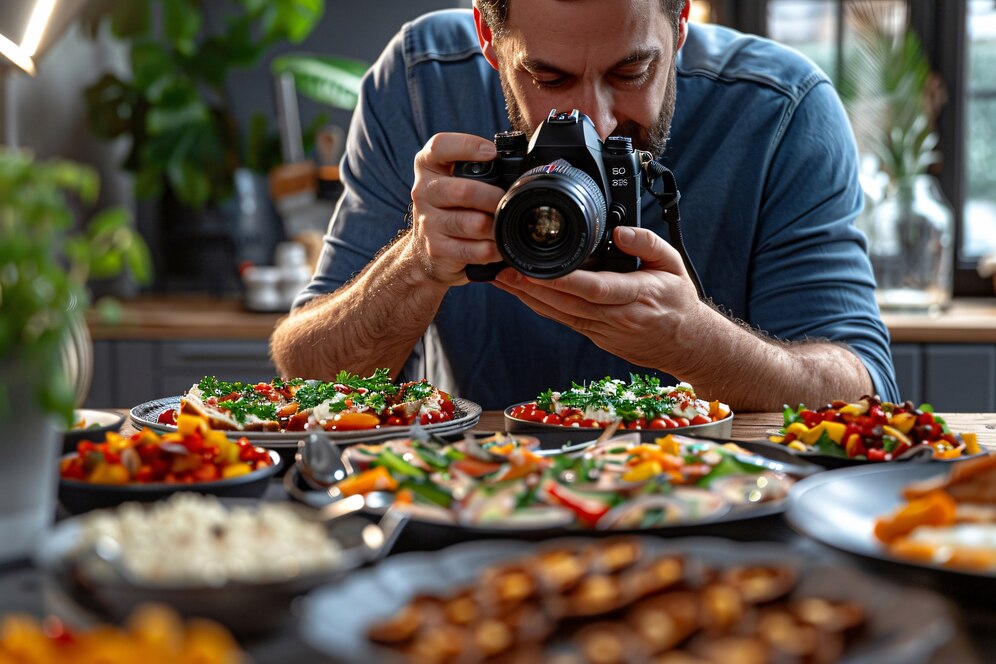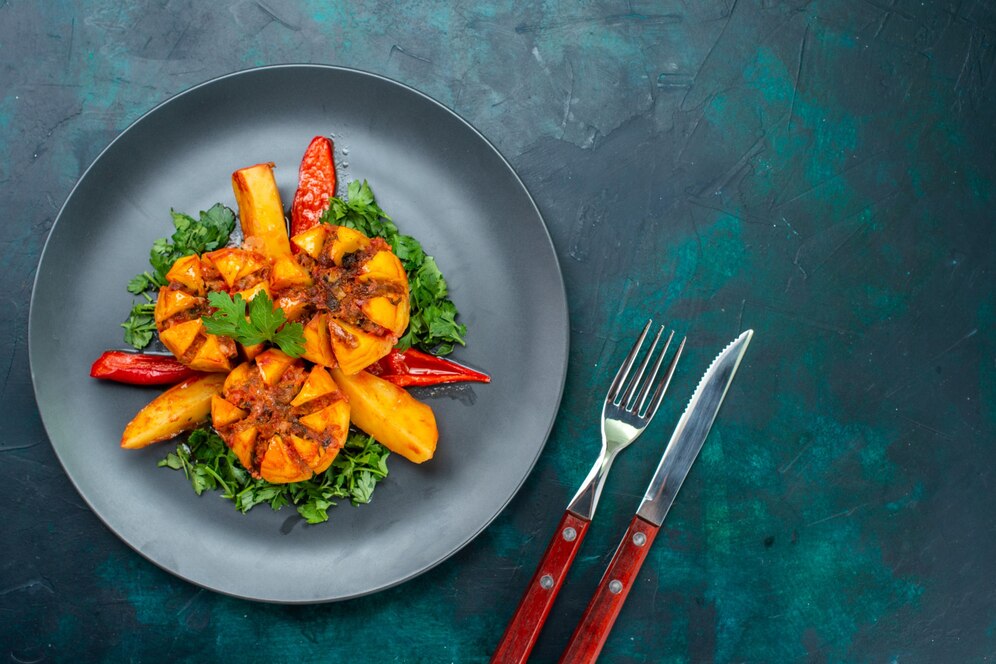Image Editing for Food Photography: Making Dishes Look Delicious
Image Editing for Food Photography: Making Dishes Look Delicious
In the world of food photography, it’s not enough for dishes to taste great — they need to look irresistible too. A delicious meal captured poorly can easily lose its appeal, while a well-edited image can make even a simple dish look mouth-watering. This is where professional image editing steps in. It enhances the best features of your food photography, ensuring that each image tempts the viewer and tells a flavorful story.
Whether you are a food blogger, a restaurant owner, or a brand promoting food products, understanding the role of image editing can elevate your visuals from good to unforgettable.
Why Image Editing is Essential in Food Photography
Even the best photographers cannot always capture perfection straight out of the camera. Imperfections, lighting challenges, or distractions can easily creep into food shots. Image editing helps in:
-
Enhancing Colors and Freshness: Editing intensifies the natural colors of ingredients, making greens more vibrant, reds juicier, and overall dishes more appealing. As much as possible, the food should look fresh and appetizing.
-
Correcting Lighting Issues: Lighting can often be tricky in food shoots. Editing helps balance shadows and highlights, ensuring the dish is well-lit without washing out important details.
-
Highlighting Textures: Great food photography brings out the textures that make dishes tempting — the crunch of fried food, the flakiness of a pastry, or the creaminess of a sauce. Skilled editing sharpens these textures to make viewers practically taste the dish through the screen.
-
Creating Visual Focus: By subtly blurring backgrounds, adjusting depth of field, and cleaning up surroundings, editors ensure the dish remains the hero of the shot.
-
Maintaining Consistency: Especially for restaurant menus, food blogs, or e-commerce sites selling food products, maintaining a consistent visual style across all images strengthens branding and creates a professional look.
Key Techniques Used in Food Photography Editing
1. Color Correction
Food needs to look natural but slightly enhanced. Editors adjust the white balance to remove color casts and boost vibrancy carefully so fruits, vegetables, and other ingredients look their best without appearing unnatural.
2. Sharpening and Texture Enhancement
A sharp, detailed image makes food look more lifelike. Editors selectively sharpen key areas to emphasize the textures — think crispy chicken skin, a glistening berry, or a flaky croissant.
3. Retouching and Cleaning
Small distractions like crumbs, fingerprints, or sauce smears can be cleaned up through retouching, ensuring the final image is polished but still authentic.
4. Background and Surface Adjustment
In editing, distracting elements in the background can be removed or toned down, allowing the main dish to take center stage. In some cases, backgrounds are brightened or softened to match the intended mood.
5. Shadow and Highlight Balancing
Proper adjustment of shadows and highlights adds depth and three-dimensionality to food photos, making them look more dynamic and appealing.
6. Cropping and Framing
By cropping an image correctly, the viewer’s attention is drawn directly to the food.Editors ensure each shot has strong composition without unnecessary empty spaces.
Common Mistakes to Avoid
While editing can transform an image, overdoing it can backfire. The following mistakes should be avoided:
-
Over-saturation: Boosting colors too much can make food look fake and unappetizing.
-
Over-smoothing: Excessive retouching can strip food of its natural textures, making it look plastic or unreal.
-
Ignoring the Story: Every food image should tell a story — editing should enhance that story, not erase it.
Always aim for a balance where the food looks its best but remains authentic and true to life.
Professional Image Editing: The Secret Ingredient
While basic adjustments can be made using popular editing tools like Adobe Lightroom or Photoshop, professional image editors bring a trained eye to the table. They know exactly how much to enhance, what to highlight, and what to correct, ensuring that every photo makes viewers crave what they see.
For businesses, outsourcing food photo editing to experienced professionals saves time and guarantees consistent, high-quality results that truly represent the deliciousness of the dish.



